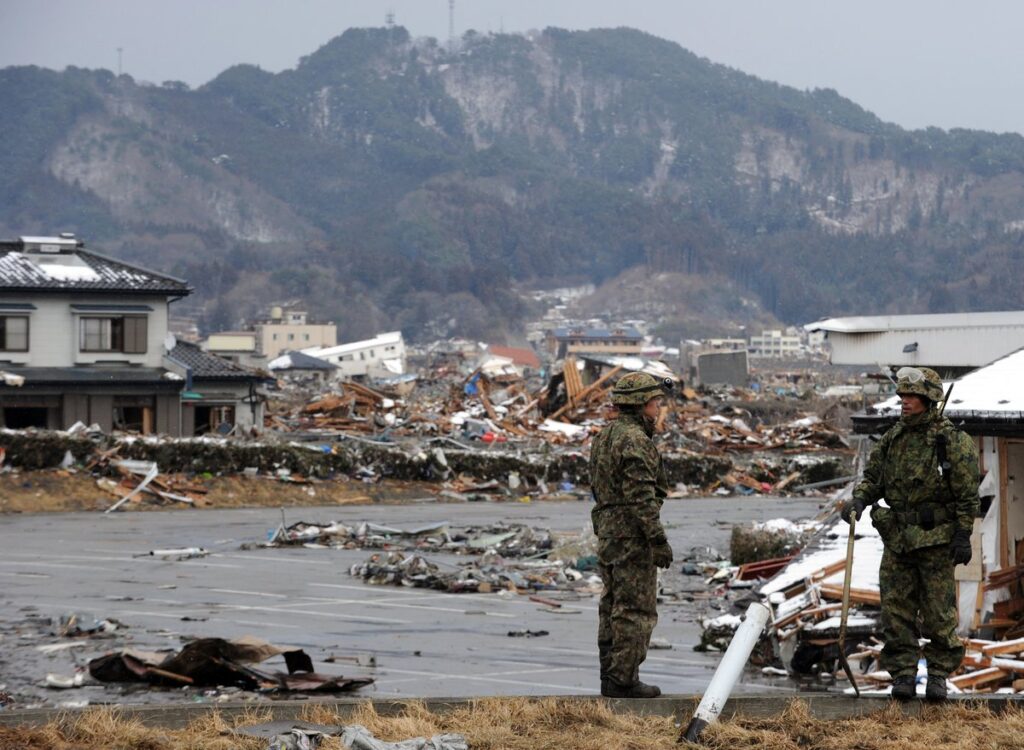In a sobering announcement that has sent waves of concern across the Pacific,
Japanese government officials and disaster experts have warned that the country
could face a devastating “mega-tsunami” within the next 30 years. This is not a vague
prediction. It is a scientifically grounded, high-risk scenario that the nation is now
actively preparing for.
For a country that has lived in the shadow of earthquakes and tsunamis for centuries,
this warning hits differently. It’s not just another distant possibility—it’s a clear and
direct message: the clock is ticking.
A Stark Prediction Backed by Science
Japan’s national disaster panel, in coordination with leading seismologists, has revised
its worst-case scenario maps, predicting that a massive earthquake along the Nankai
Trough—one of the most dangerous seismic zones in the world—could trigger a tsunami
that would dwarf anything the country has seen before.
Experts believe waves could reach heights of over 20 meters in some coastal areas,
rapidly swallowing towns and cities, causing unprecedented damage, and potentially
leading to the loss of tens of thousands of lives if proper precautions aren’t in place.
The Japanese Meteorological Agency, which has been closely monitoring tectonic
activity, describes this as a “when, not if” situation. The probability of such an event
occurring in the next three decades is now estimated to be up to 70 percent.
Memories of 2011 Still Haunt the Nation
For many Japanese citizens, this warning is not just science—it’s a personal memory.
The catastrophic 2011 tsunami, triggered by a magnitude 9.0 earthquake, remains
etched in the hearts of millions.
Over 18,000 people lost their lives. Entire communities were washed away in minutes.
Nuclear plants failed. The country was forever changed.
The difference this time is that Japan is determined to be ready
Urgent Calls for Action
Japan’s Prime Minister addressed the nation, urging local governments, businesses, and
families to prioritize disaster preparation now, not later.
“We cannot stop a mega-tsunami,” he said, “but we can choose to be ready for it.”
The government is rapidly advancing evacuation planning, building higher sea walls, and
reinforcing infrastructure in at-risk coastal regions. Schools, hospitals, and homes are
being urged to have clear evacuation routes and emergency supplies.
In cities like Kochi and Wakayama, where the projected waves could hit hardest, local
officials are already holding large-scale tsunami drills.
A Nation Living with Nature’s Unpredictability
Japan’s relationship with natural disasters is unlike that of almost any other country.
Earthquakes, typhoons, tsunamis—these aren’t rare occurrences here. They are part of
daily life. But the warning of a “once-in-a-thousand-year” mega-tsunami has
introduced a level of fear that even this resilient nation feels deeply.
Disaster experts have stressed that while this prediction is frightening, it is not meant to
cause panic. It is a call for readiness, resilience, and respect for nature’s power.
What Does This Mean for the Rest of the World?
The potential impact of a mega-tsunami would not stop at Japan’s shores.
A wave of this magnitude could affect shipping routes, disrupt global supply chains, and
trigger international humanitarian efforts. Neighboring countries in the Pacific, including
Taiwan, the Philippines, and even parts of the U.S. West Coast, could face secondary
impacts.
Global scientists and policymakers are now watching Japan closely—not just for the
science, but for the model of preparedness Japan is now forced to develop.
Prepare, Not Panic
As a senior journalist who has reported on the 2011 tsunami and seen firsthand the
heartbreak and the resilience that followed, I can tell you this: Japan will not face this
warning with silence or fear. It will face it with action.
The question now is whether that action will come in time.
History tells us that the earth doesn’t send invitations when it decides to move. The
warning is here. The responsibility to prepare belongs to all of us.
Follow the GlobalTodaynews for more !!

